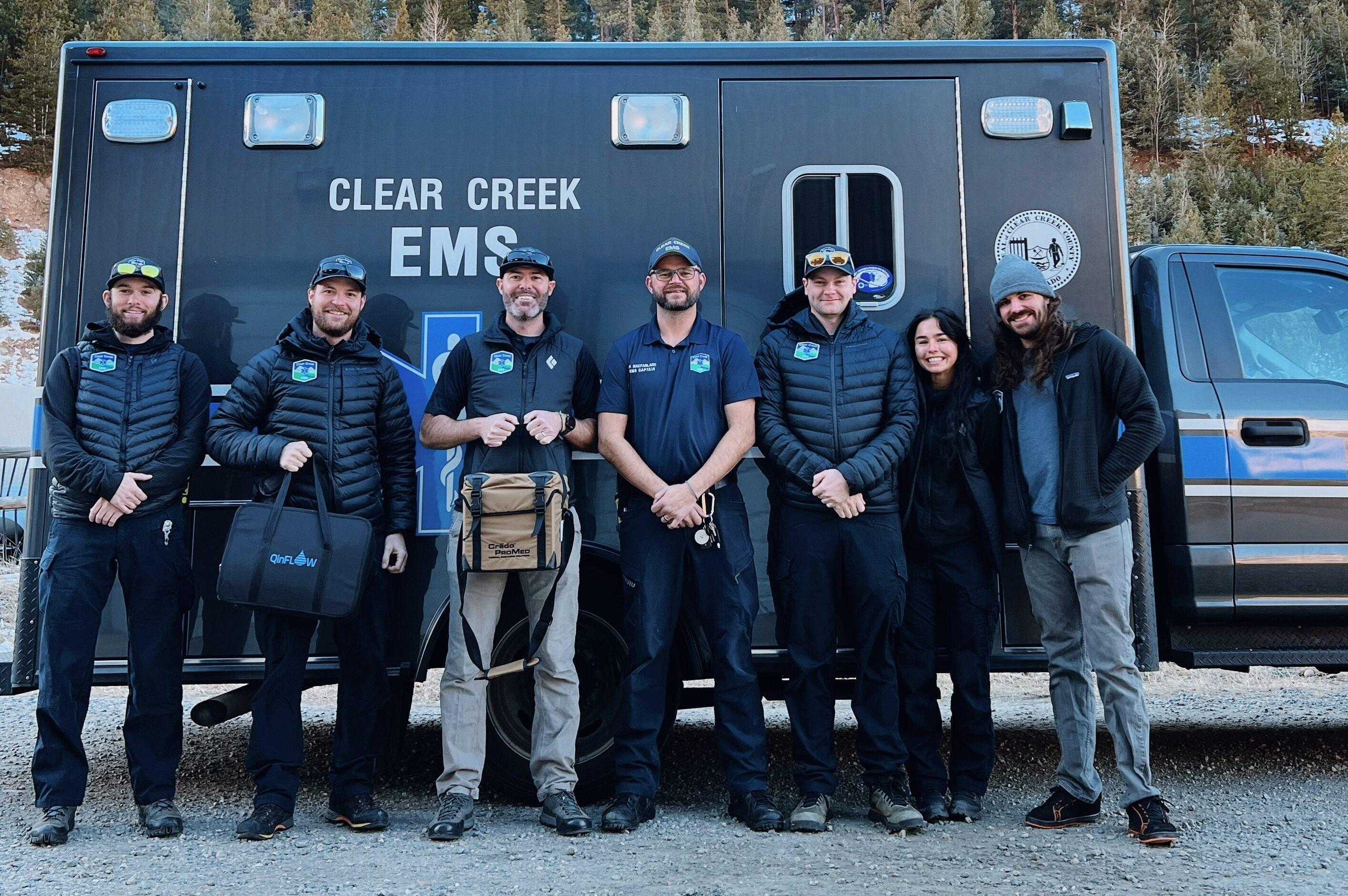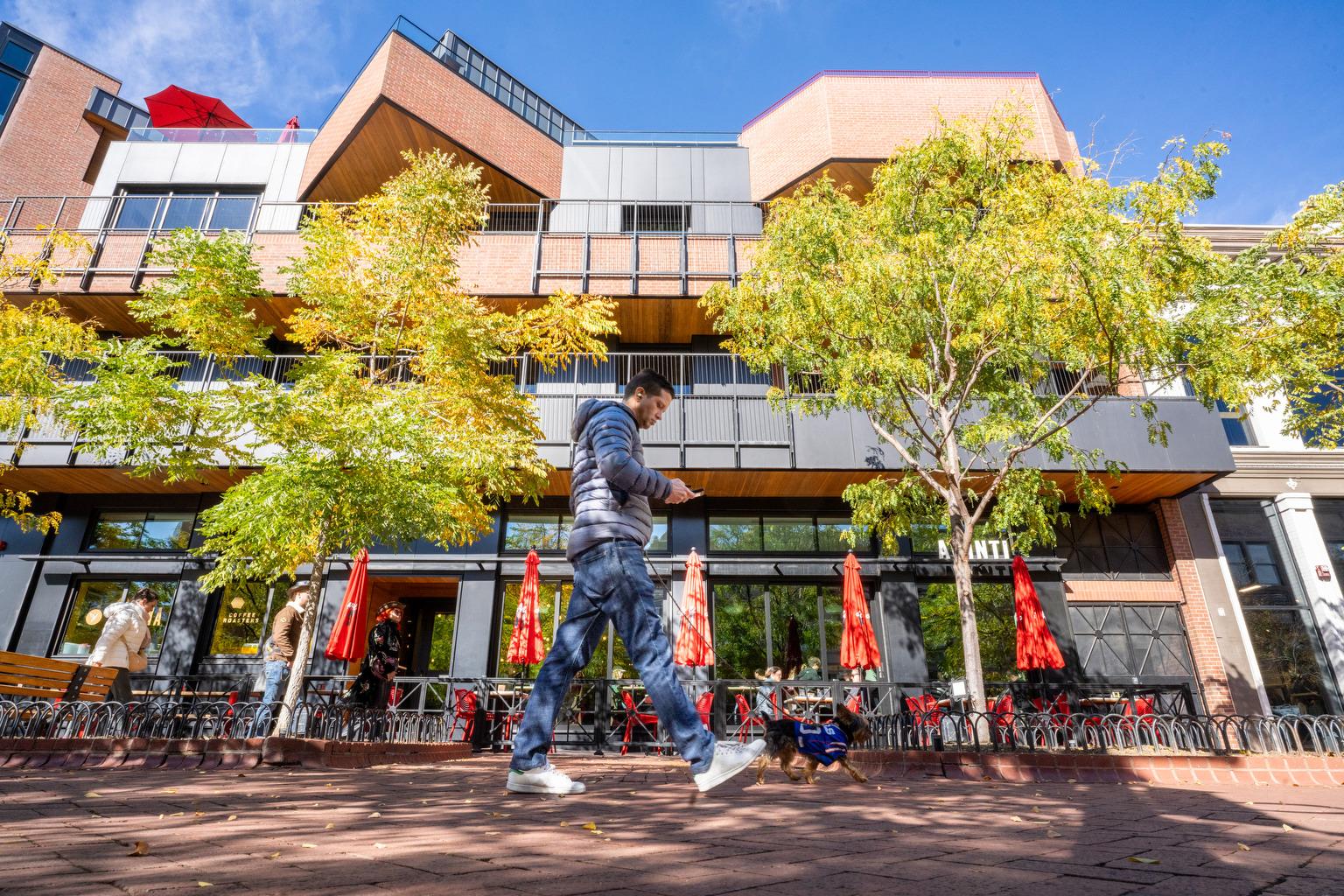
This is “Looking UP! in southern Colorado,” from the Colorado Springs Astronomical Society. I’m Hal Bidlack, and there are lots of reasons to look up!
Previously we talked about two of the three stars that make up the summer triangle, Vega and Deneb. Today let’s finish off the triangle by talking about the last star in the group, Altair. Altair is the southernmost member of the triangle.
You may remember we said Deneb is about the most distant star that you can see with your naked eye, at perhaps 7000 light years away. Altair, by contrast, is one of the closest at only 17 ly away.
Altair is interesting for several reasons. It’s another strange star. It spins on its axis incredibly fast. Our sun takes nearly a month to rotate once, but Altair, at least twice the diameter of our sun, rotates once in less than 10 hours. If you are standing on the equator of Altair you would be spinning at a speed of over 660,000 mph, nearly 150 times faster than if you were standing on the equator of our sun. Altair spins so fast that it’s become flattened at the poles and bulges out at the equator. In 2007, astronomers at the University of Michigan were able to use images from various telescopes to create the most detailed map of another star’s surface ever made and confirm the bulges and flattening. A remarkable achievement given that Altair lies nearly 100 trillion miles away.
Another way in which Altair is both interesting and weird is how it varies in brightness. While there are lots of what are known as variable stars – stars that, well, vary in brightness, most of these grow brighter or dimmer in regular and predictable patterns. But Altair has at least nine different patterns of getting brighter and dimmer, probably because it is spinning so fast.
If you are able to see the summer triangle away from bright city lights, you will see that the Milky Way seems to flow between Vega and Altair, with Deneb in the middle. It’s a gorgeous thing to see. Consider coming to one of our star parties at the Florissant Fossil Beds National Monument to see the summer triangle and the Milky Way blazing overhead.
If you’d like to take a closer look at Altair or any of the other wonderful and amazing things in the sky, please visit KRCC.org or CSASTRO.org for a link to information on our monthly meetings and our free public star parties!
This is Hal Bidlack for the Colorado Springs Astronomical Society, telling you to keep looking up, Southern Colorado!








